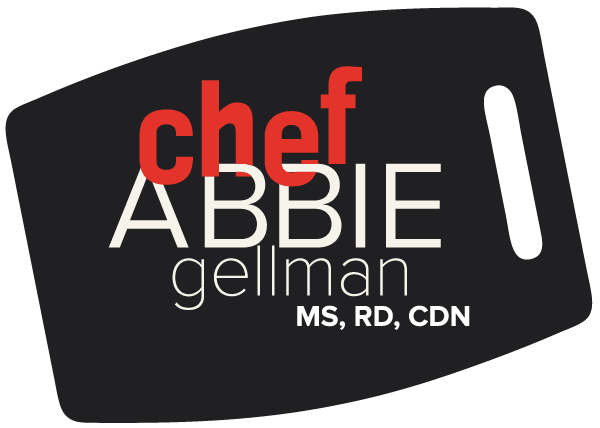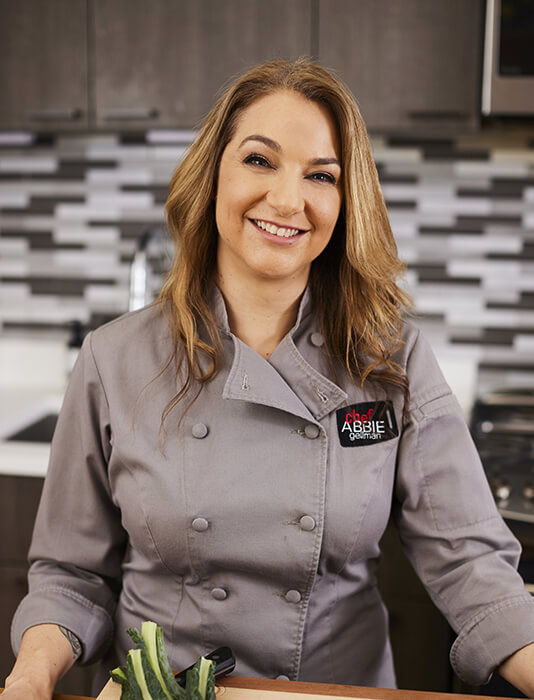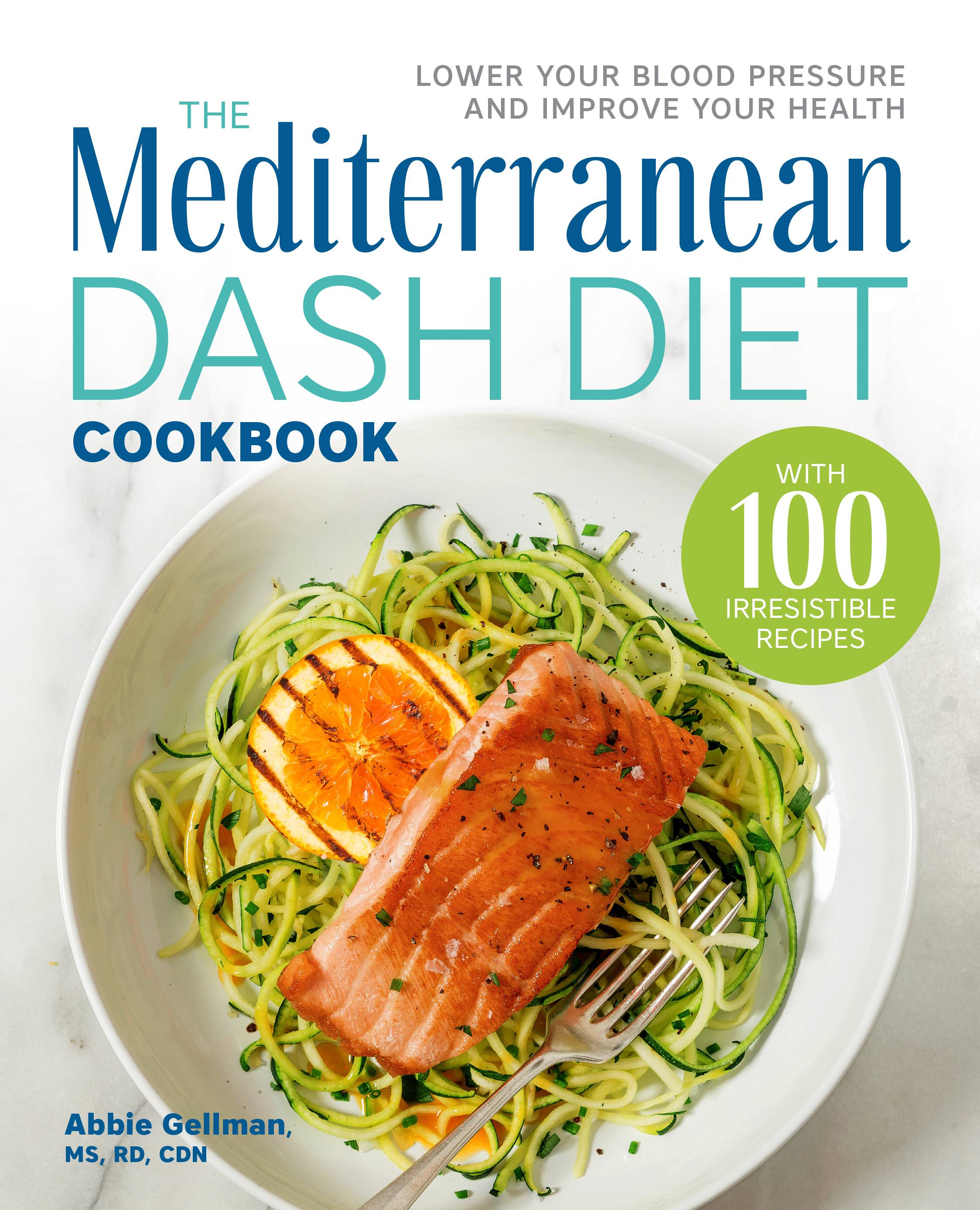Healthy Avocado Toast with Smoked Trout
Healthy avocado toast is a favorite in my home. Take your avocado toast to the next level by adding flavorful spices, citrus, and smoked fish for a healthy boost of omega-3 fatty acids, which are thought to support a healthy brain. So, go ahead and conquer that crossword puzzle after breakfast!
Healthy Avocado Toast
Avocado toast is a staple on many trendy brunch menus now, but my Healthy Avocado Toast is simple enough to make at home on rushed or slow mornings, after work, or on the weekend.
The keys to making a successful Healthy Avocado Toast, other than perfectly ripe avocado, are crusty whole grain bread, the perfect amount of salt and spice, a rough mash, and citrus. For my Healthy Avocado Toast I am using the zest and juice of a lemon. This is a great tip when you want to pack a big citrus punch, but don’t want too much liquid. The skin of a lemon (you want to avoid the bitter white pith) has high amounts of concentrated lemon oil that gives food a wonderfully pungent smell and flavor. This sharpness provides a great contrast to the rich avocado flesh.
My Healthy Avocado Toast is a well-rounded meal with a carbohydrate (bread), healthy fat (avocado), and protein (smoked trout). You can easily find smoked trout at a deli or in a can at your local grocery store, but if you prefer another protein source you could swap the trout for smoked salmon, a fried egg, or chickpeas. For a bit of crunch and sharp spice I also love to add radishes cut into matchsticks.
How to Cut an Avocado (Safely)
Choosing the perfect avocado isn’t hard. You want to find a fruit (avocado is a fruit, a berry in fact!) that is a dark color and soft to the touch, but not too soft. The flesh should be easily mash-able but still hold a slight texture.
Safety is key when cutting an avocado. Lay your avocado down on a flat, hard surface (likely a cutting board) and cut the skin lengthwise, sinking your knife to the pit. Rotate the avocado until you connect back to where you started. Remove the knife and twist the avocado until you have two separate halves. Lay the side with the pit facing up, get your hands out of the way and sink the blade of your knife into the pit. Twist the knife to remove the pit. You should now have two separate halves with no pit. At this point you can cut the flesh widthwise and lengthwise in the skin or remove first. For a detailed visual watch my Healthy Avocado Toast video in this post or my How to Cut an Avocado video!
The Origin of the Avocado Toast
Avocado toast has exploded in popularity in the last decade, but the idea of putting avocado on bread is nothing new. The delicacy has likely been part of the diets of Central Americans forever, but its origins in the United States can be traced back to the late 1800s in California. In 1915 avocado toast was touted as the ideal hors d’oeuvre by the California Avocado Association. An article in The New Yorker entitled “Avocado, or the Future of Eating” from 1937 features an individual eating an “avocado sandwich on whole wheat bread.”
Versions of the avocado toast appeared in the 1990s on menus and as recipes in various publications (avocado bruschetta), but the modern avocado toast that we all know and love today was likely added to a New York City menu by consulting chef Chloe Osborne after she was inspired by a trip to Australia. One can’t help but recognize a link between the rise of Instagram and avocado toast.
Bread is not the Enemy
For my Healthy Avocado Toast, I like to buy bread from my local bakery. Making bread at home is great, but unless you like to bake the process can be quite tedious and time-consuming. My recommendation would be to get to know your local baker, ask them how they make their bread, what ingredients they use, and ask for recommendations.
Bread has gotten a bad reputation in recent years with the demonization of gluten, which is the protein in wheat. There are definitely cases where individuals need to reduce or completely avoid gluten-containing foods (e.g., celiac disease), but these individuals should do so under the supervision of a healthcare specialist. Removing gluten from the diet could result in a deficiency of whole grains and important fibers as well as other nutrients.
Gluten
Why has gluten become the scapegoat for so many digestive issues, weight gain, and general ill health over the last couple decades? While it is true that farming practices have shifted over time to produce wheat varieties with more gluten, this doesn’t completely account for the increasing numbers of individuals cutting gluten out of their diet. Here are three reasons I believe gluten is taking a hit:
- Misinterpretation of data. The proliferation of extra-clinical tests for celiac disease (e.g., 23andMe) are partly to blame for some public fear. These tests are able to tell you whether you have the genetic predisposition for celiac disease, but without clinical interpretation from an expert this information is of little use. In fact, 30-40% of the population carry at least one genetic marker of celiac, but only 2-3% of those with genetic markers actually develop the disease.
- Proliferation of incorrect information. The internet can make anyone appear to be an expert on any topic. Just because something is a trend doesn’t mean it is scientifically or clinically valid. I recommend individualized advice from a dietitian specializing in treating digestive difficulties.
- Incorrect personal diagnosis. Many people who believe they are gluten sensitive or intolerant are actually reacting to indigestible fibers called fructans (carbohydrates). Symptoms of Wheat Intolerance Syndrome are milder than celiac and include gas, bloating, diarrhea, or gut pain. Spelt is a gluten-containing flour with low levels of fructans. Therefore, if you tolerate spelt but not wheat you may be reacting to the fructans instead of the gluten.
I encourage anyone who suspects they may have an intolerance to or sensitivity to gluten or wheat to speak with a professional. Elimination diets should be monitored to ensure adequate nutrition.
Similar pages:
Never saw an avocado you didn’t love? Try some of my other delicious avocado recipes, including Avocado Egg Salad, Plum Avocado Salad, Avocado Soup, and Roast Citrus Salad with Avocado.

Ingredients
- 1 avocado peeled, pitted, diced
- ¼ teaspoon kosher salt
- ¾ teaspoon cumin
- ¼ teaspoon red pepper flakes
- 2 teaspoons lemon juice
- ¼ teaspoon lemon zest
- 2 pieces whole wheat bread toasted
- 1 3.75- ounce can smoked trout
- Optional: red pepper flakes and spritz of lemon juice
Instructions
- In a bowl, mash together avocado, salt, cumin, red pepper flakes, juice, and zest. Spread half the avocado mixture on each piece of toast. Top each with half the smoked trout. Garnish with a pinch of red pepper flakes and/or a spritz of lemon juice.






